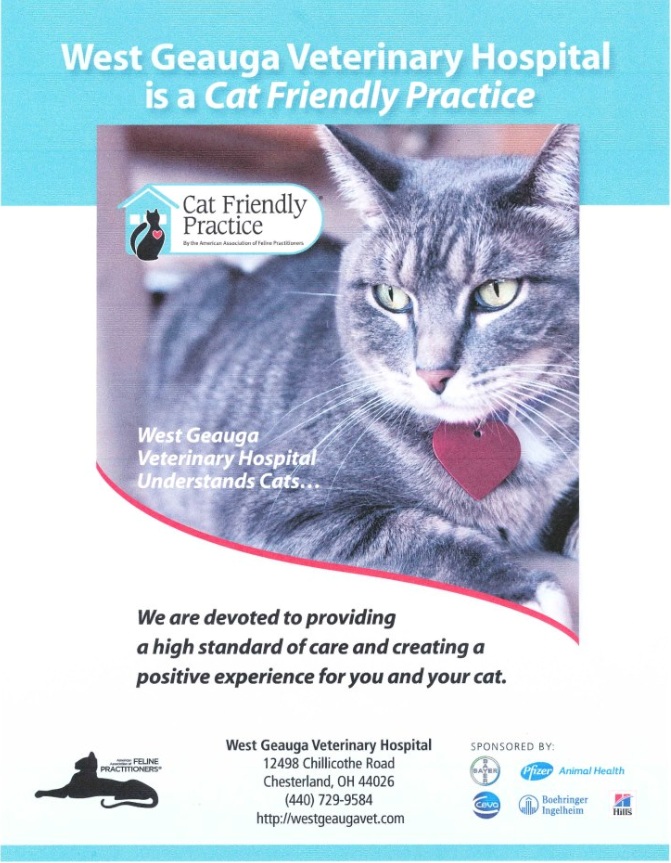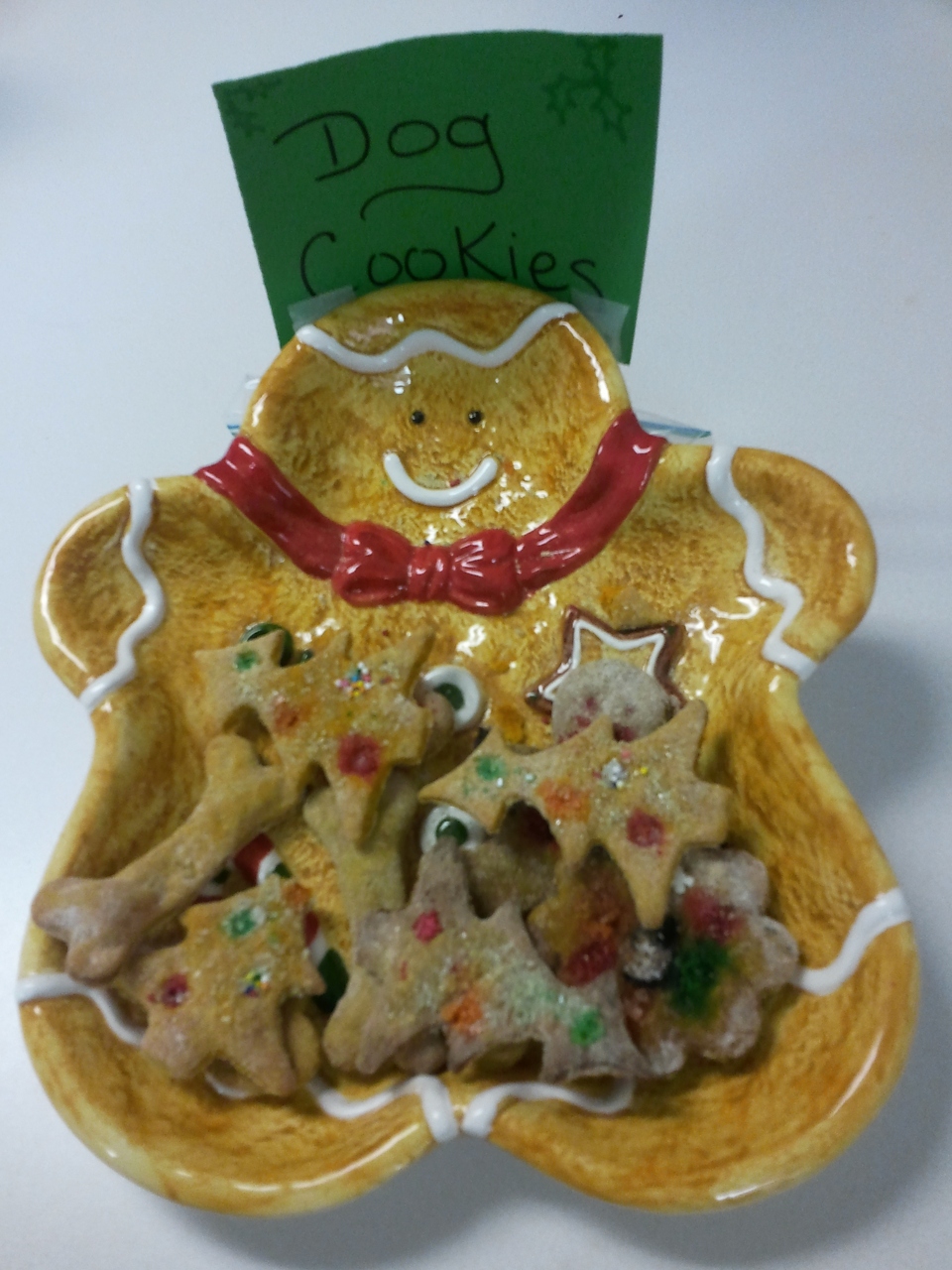Veterinarians and scientists agree that animals experience pain in the same way as people do. Our pets act in a very stoic manner when it comes to pain due to their evolutionary origins. In the wild, an animal that is injured is vulnerable to attack. In order to survive they must suppress many of the more obvious signals of pain and injury, making it very difficult for humans to recognize when their companions are hurting!
Unidentified pain can adversely affect your pet’s quality of life. Pain is a stressor, and in response to stress the body begins to release a set of stress-related hormones that affect virtually every system in the body. Pain induced stress eventually leads to decreased appetite, muscle fatigue, tissue breakdown and reduced ability to heal. In elderly companions some subtle signs of pain are commonly mistaken as signs of old age. Being familiar with these subtle sign of pain in our companions can relieve their silent suffering and extend their lives. No animal should have to live with pain!
Here is a list of signs to look for in you companion that may indicate pain:
Posture/Appearance
* Hunched back
* Guarding (protecting) the painful area
* “Praying” position (front legs and head on floor, hindquarters in the air)
* Sitting or lying abnormally
* Attempting to rest in an abnormal position
* Head hanging down
*Facial appearance, dull eyes, dilated pupils, ears back, grimace. Rodents make red tears/nasal secretions
Movement
* Stiff, tensed muscles
* Bearing no or partial weight on affected limb or limping
* Thrashing or restless
* Trembling or shaking
* Weak tail wag or low carriage of tail (in dogs)
* Limited or no movement when awake
* Slow to rise
Vocalization (THE LEAST CONSISTENT SIGN)
* Screaming, whining, or crying
* Barking, hissing, or growling
* Lack of vocalization (no greeting bark or purring)
Behavior
* Agitated
* Poor/ no grooming, greasy fur, rough haircoat in rodents
* Decreased or absent appetite
* Dull, sleeping excessively, or noticeably less active
* Inappropriate urination or defecation, or not moving away from it
* Acts out of character (Gentle dogs may bite or become aggressive; aggressive or playful cats may become docile or quiet)
* Licking wound or surgical site, self-mutilation
* Sitting in dark places or hiding, isolation from group
* Retreating to quiet areas of house for long periods of time
* Hyperventilation (rapid shallow breathing, especially in cats), increased panting in dogs
* Vigorous attempts for escape, often with marked aggression
*Increased blood pressure, heart rate, temperature
Pain management treatment plans can consist of glucosamine/chondroitin supplements, non-steroidal anti- inflammatory drugs, opioids, sedatives, laser therapy treatments, ice and warm packs, nutritional supplements, and physical therapy. It is important that you become familiar with the subtle signs of pain in your beloved companions and work with your veterinarian to provide them with the best pain management treatment.


